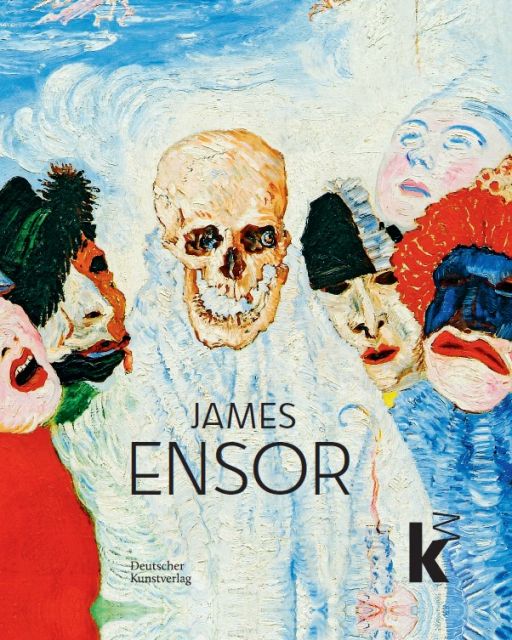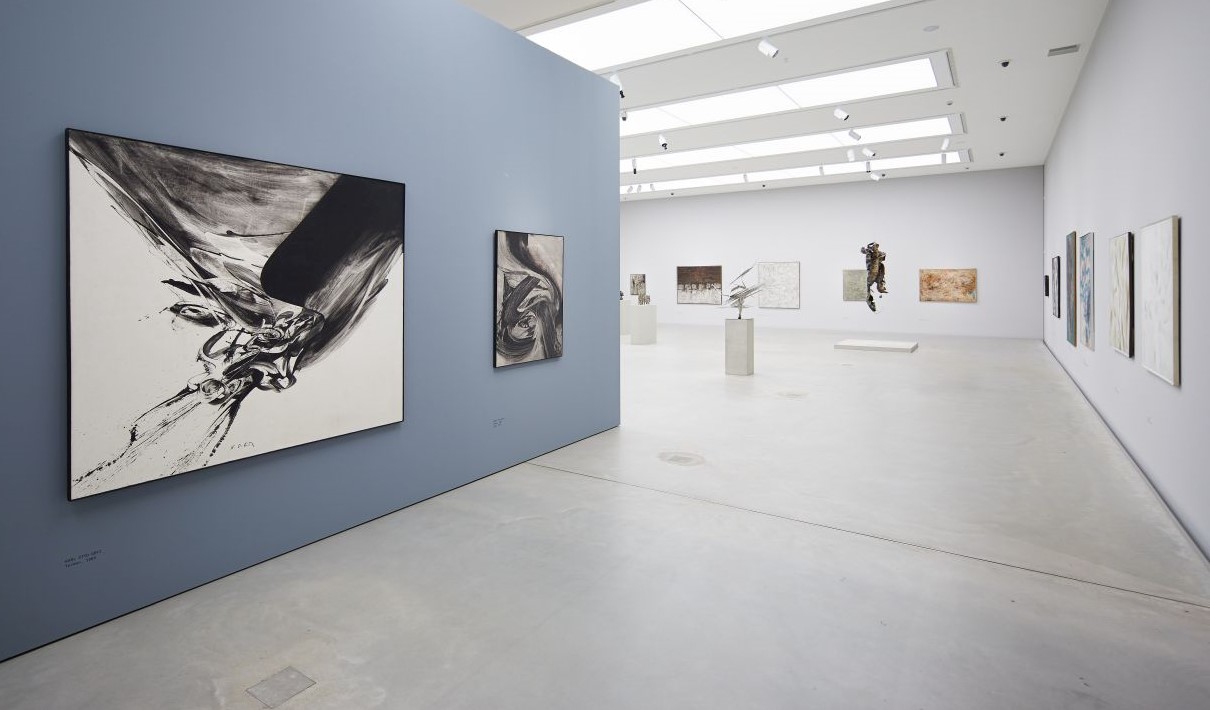The work of the Belgian artist James Ensor (1860-1949), the famous "painter of masks", is deeply rooted in the history of the Kunsthalle Mannheim. As early as 1928, the painter was celebrated there in a solo exhibition as an important contemporary exceptional artist. Now the Kunsthalle is once again dedicating a major exhibition to James Ensor, centred on the fate of a painting that once belonged to the museum's collection: the painting "Death and the Masks" was confiscated by the National Socialists in 1937 as "degenerate" and is now in the Musee des Beaux-Arts Liège. It is returning temporarily to Mannheim for the exhibition. In the 1950s, the painting "Dead Cockerel" was acquired as a replacement for the lost picture. It is exemplary for Ensor's still lifes, which claim an important place in his oeuvre. As a picture within a picture, it appears in Ensor's central "The Skeleton Painter". Grouped around these three paintings are further international loans on the motif of self-portrait-mask-death-still life, which show how closely interwoven this theme was in Ensor's oeuvre. The show is complemented by the Kunsthalle's extensive collection of graphic works by the artist, including "Scènes de la vie du Christ" and "La Gamme d' Amour". In total, more than 60 paintings, 120 works on paper and several masks from Ensor's collection will be on display.
Curator: Dr. Inge Herold
Supported by:

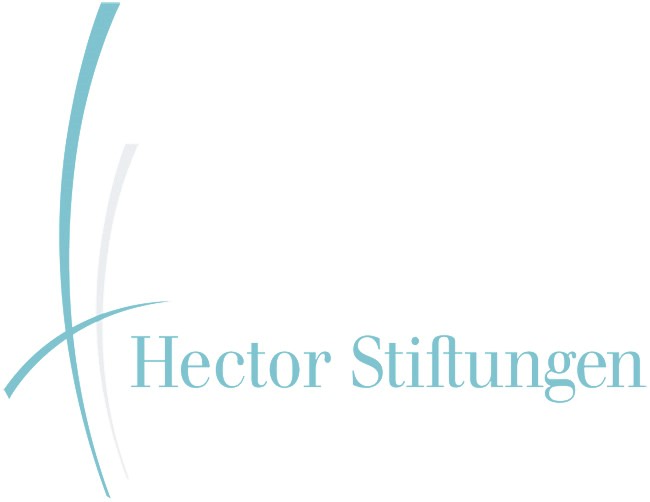

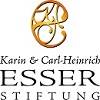
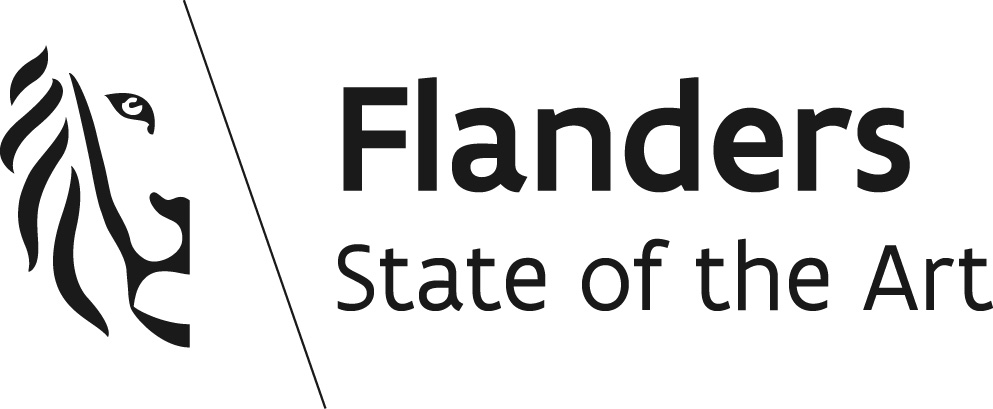
Partner of the project:

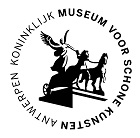
Exhibition organized with the support of the Royal Museum of Fine Arts Antwerp (KMSKA).


